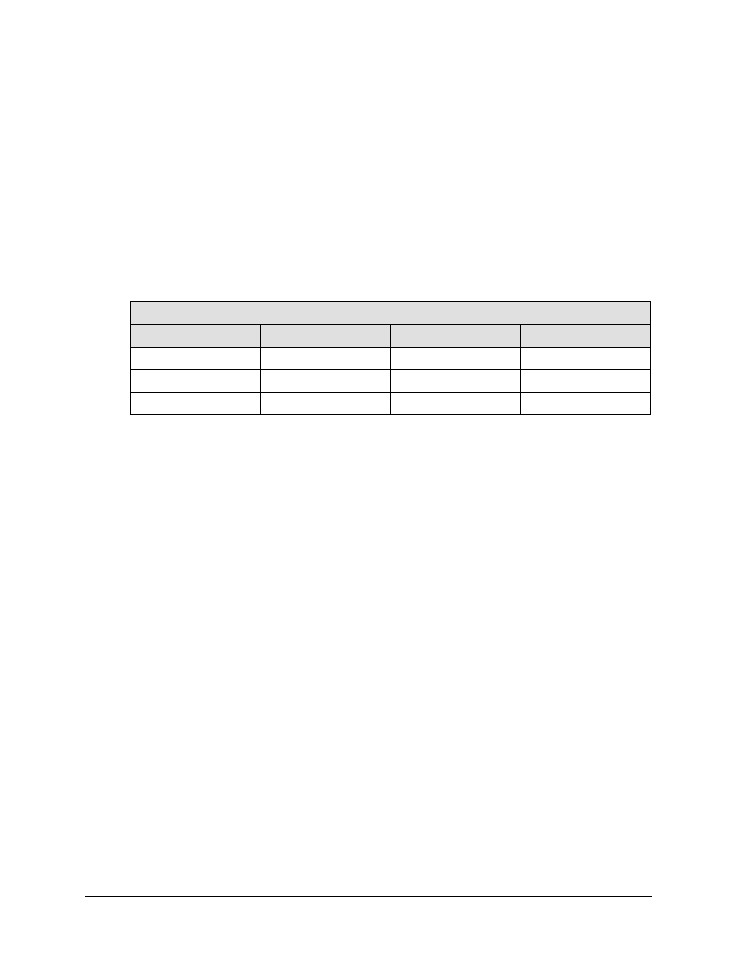5 block up converter input option – Comtech EF Data HPOD User Manual
Page 24

HPOD C-, X-, Ku-Band High-Power Outdoor Amplifier
MN/HPOD.IOM
Introduction
Revision 8
1–6
mute the RF signal and report a fault. The details of the fault can be accessed via remote
communication.
The M&C is also capable of acting as a controller in certain 1:1 or 1:2 redundancy systems. When
configured as the back-up SSPA in such a system, it communicates with the other SSPA(s) and
toggles the waveguide switches as necessary.
1.3.5
Block Up Converter Input Option
The HPOD amplifier, when delivered from the factory with an internal Block Up Converter (BUC),
translates an L-Band input carrier to the desired output frequency (C-, X-, or Ku-). Local
Oscillator (LO) frequencies are as follows:
BUC-4000 C, X, Ku, Ka
Band
Frequency
LO Frequency
Inverting
C-Band
5850 MHz-to-6650 MHz
4900 MHz
No
X-Band
7900 MHz-to-8400 MHz
6950 MHz
No
Ku-Band-W
13.75 GHz-to-14.50 GHz
12.800 GHz
No
The same Ku-Band BUC is installed independent of amplifier bandwidth. Therefore, the
“standard” 14.0 GHz-to-14.5 GHz HPOD has an L-Band frequency range of 1200 MHz-to-1700
MHz that translates up to 14.0 GHz-to-14.5 GHz, while the “Extended” 13.75 GHz-to-14.5 GHz
HPOD translates L-Band frequencies from 950 MHz-to-1700 MHz up to 13.75 GHz-to-14.5 GHz.
Unlike most BUCs, no DC bias voltage should be provided on the center conductor of the L-Band
coax.
In addition, the BUC version of the HPOD is available with an internal 10 MHz reference. As,
such, no 10 MHz reference is required on the center conductor of the L-Band coax. If a reference
is provided on the coax, the internal reference will detect and lock to it.
